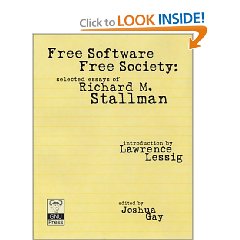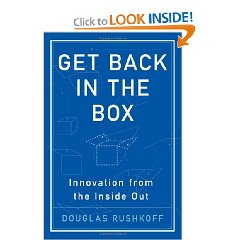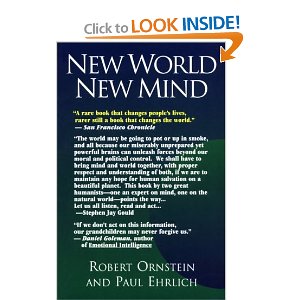
Essential Reading for any Intelligent Adult Favoring Social Progress,
The author's brilliant bottom line is quite clear throughout the book: software copyright prevents people from improving or sharing the foundation for progress in the digital era.
The author's social-technical innovation, which appears now to be acquiring tsunami force around the world, and is manifested in the Free/Open Source Software (F/OSS) movement that is being nurtured by governments worldwide from Brazil to China to Israel to the United Kingdom to Norway, is to modify copyright to a term he credits to another, copyleft, meaning that copyright in the new definition grants ALL permissions EXCEPT the permission to RESTRICT the enhancement and sharing of the software.
The author is also very careful to define the term free as meaning freedom of movement and growth, not free of price. GNU, his invention, removes computational obstacles to competition, and levels the playing field for more important innovations. In his view, the core issue is not about price, but about eliminating restrictions to freedom of sharing and enhancement.
On page 37 he sums up his life's purpose: “Proprietary and secret software is the moral equivalent of runners having a fist fight (during the race)” — they all lose.
The author carefully distinguishes between the free and open source software, citing the first as a movement with values, the second as a process.
His candidacy for a Nobel Prize is captured in the sentence on page 61, “Free software contributes to human knowledge, non-free software does not.”
Across the book, a collection of essays put into a very well ordered (not necessarily chronological) form, this book is a history of GNU (not UNIX) by its creator and co-founder of the Free Software Foundation. It is replete with concise useful discussions of terms, conditions, and cultures relevant to the future of mankind as a thinking forward looking species.
Section two, on copyright, copyleft, and patents is very helpful, and likely to become a standard in the field as the public fires elected representatives who sell out to Mickey Mouse copyright extenders, and demands a return to the original Constitutional limitation of copyright as an artifact of government, not a natural right, focused on nurturing knowledge. It means mention that Lawrence Lessig (see my reviews of his books) writes the introduction–the two authors together, along with Cass Sunstein, may be the most important trio of thinkers with respect to the future of man in the context of science, copyright, risk, and software as a human global contributor to sanity.
The author's keynote address at HOPE 6 is discussed toward the end of the book, where he lists the Four Freedoms:
Freedom 0: Run a program as you wish, for any purpose you wish, not limited to any narrowly defined application.
Freedom 1: Help yourself by improving the program (which requires access to source code).
Freedom 2: Help your neighbor by sharing a copy of the program with them.
Freedom 3: Help community by sharing the improved copy at large.
There is no question in my mind but that this manifesto of a single man's life's work is as important as Tom Paine's Common Sense treatises. There is a war now emergent between the classes (US elites bribing foreign elites, both screwing their publics over for private gain), and between corporations and the people, corporations long having abused the independent legal personality that was granted to promote business, and ended up being a legal barrier to holding corporate managers accountable for grand theft and social irresponsibility.
Toward the end the author offers thoughtful suggestions on how to “drop out” of the proprietary software world, and his thinking resonates with “No Logo” and its recommendations on selective purchasing.
This book is not a technical book although it offers up many understandable insights to technical matters underlying the social philosophy of the author. It is not a legal book either, but offers important informed commentary vital to getting the law focused again on human progress. Finally, in no way does the book dismiss the importance of capitalism–the author clearly states that it is entirely appropriate to charge a fee for one's contributions–this is about the “how” not the “how much.
Absolutely superb collection of essays, extremely important to where we go in the future. The author is not only an original hacker, he represents hacking as it should be understood by the authorities (see my review of Bruce Sterling, Hackers at the Edge of the Electronic Frontier), and as I see them–as people who have the “right stuff” and are testing the edge, pushing the frontier. In a world of drones, these are the libertarian spirits that may well keep us out of perpetual prison.
For reference: DARPA's STRONG ANGEL program, empowered now by DoD Directive 3000.cc. specifically seeks to create a suite of collaborative sharing and analytic tools that can be provided free to any non-governmental organization and any state and local government. Support costs have to be shared. It is now understood at the highest levels of the US military that we cannot make peace without sharing all information in all languages all the time (my third book), and this is progress.








